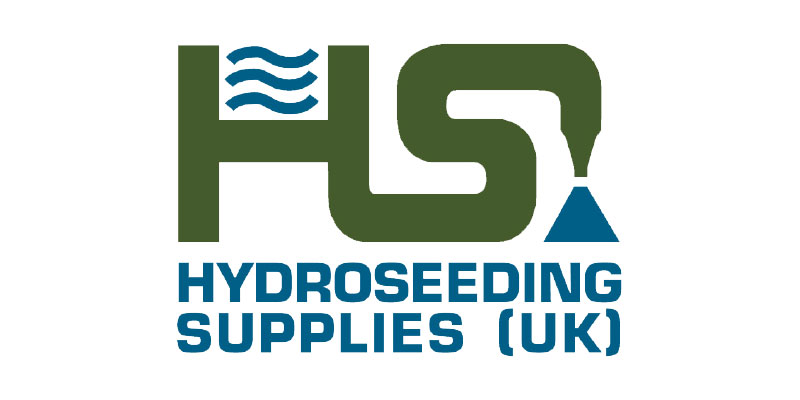Wildflowers, the name suggests that they might grow anywhere, under almost all conditions. To an extent this is true. However, the success of individual varieties of wildflower does depend on the conditions.
The type of soil, the mount of rainfall and the hours of sunlight (and temperature).
The Two Choices
As you might have already realised. This leaves you with two choices.
Alter the ground – or select specific wildflowers for the soil you have.
For most cases, we very much prefer the latter option. On this website we have wildflower mixes suitable for all soil types you will find in the UK. Choose the one that is right for your conditions, and you will be “good to go”.
With thanks from Juliette Grayson for help creating this article.
Perennials
Let’s look at some considerations for wildflower planting.
For the establishment of perennial wildflowers it is often necessary to have a soil or planting medium low in nutrients; this applies particularly to calcareous grassland.
Mesotrophic (neutral) grassland can tolerate higher nutrient levels. Soil fertility can be reduced by removing the topsoil (approximately the upper 20 cm) to reveal the subsoil. Alternatively you may mix subsoils, overburdens, building or quarry waste materials with the topsoil to reduce its fertility.
Introduction of Imported Soils
The major work when altering the soil type and conditions for wildflowers would be the mixing or replacing of soils. Blending and possibly using enhancers and Ph balancers to alter the soil. Fair warning, this can take a considerable amount of time, effort and cost.
Ensure that the source of such material is known and documented and that it has been tested to avoid the introduction of contamination. The final upper surface should be broken up to a firm, fine tilth using a rake.
At this point we suggest taking soil samples for Ph testing. The very top of the soil, up to 5mm down can have its Ph impacted by surface environmental factors and be a little different to the soil just below the surface. It is the “rooting” soil that is more important.
While it is possible to adjust soil pH and fertility, you should aim to create a habitat that is most suited to the quality and conditions of the planting medium on your site. Creation of a habitat that is in keeping with the local character and landscape is a more sustainable practice.
If your soils are deficient in nutrients or organic content, or have poor structure, it may be necessary to add materials. While applying chemical fertilisers is an unsustainable technique, the incorporation of compost or rotting organic matter is a valuable use of recycled material. It is important to know the source of such material to avoid the introduction of invasive plant species or contamination (see above).
Grass and weeds should be removed by ploughing or rotovation prior to seeding. Such methods can bring the native seed bank to the surface, encouraging it to germinate. Rank and pernicious species such as:
- Common Nettle (Urtica dioica)
Spear Thistle (Cirsium vulgare)
Creeping Thistle (Cirsium arvense)
Broad-leaved Dock (Rumex obtusifolius)
Curled Dock (Rumex crispus)
Common Ragwort (Senecio jacobaea)
These should be controlled if they begin to dominate. This can be achieved by cutting or mowing, spot-spraying with glyphosate or, where this is not possible, over-sowing may provide an alternative.
Some existing managed lawns/grassland may be transformed into wildflower meadows by allowing the grassland to flower so that meadow flowers already present may seed and reproduce. In addition, it may be necessary to forage harvest the grass in the autumn to prevent nutrient build up, and to create bare patches by raking or machine. Wildflower seed mix can then be applied to the patches or generally over-seeded. Perennial Rye-grass (Lolium perenne) is a common species in agriculturally improved swards.
Where a dominant grass species such as Rye-grass is already widespread, there is a specific technique by which a hemi-parasitic plant – Yellow-rattle (Rhinanthus minor) – that lives on the Rye-grass is introduced to reduce its vitality. Some bodies, including The Grasslands Trust, are keen advocates of using Yellow-rattle, which should be introduced to bare patches in the autumn. It is an annual and needs to set seed each year. This technique should be used in combination with general over-seeding with wildflower species.
All site/ground preparation works should be undertaken in dry (preferably still) weather conditions so as not to damage the soil structure or to lose soils as windblown dust.





